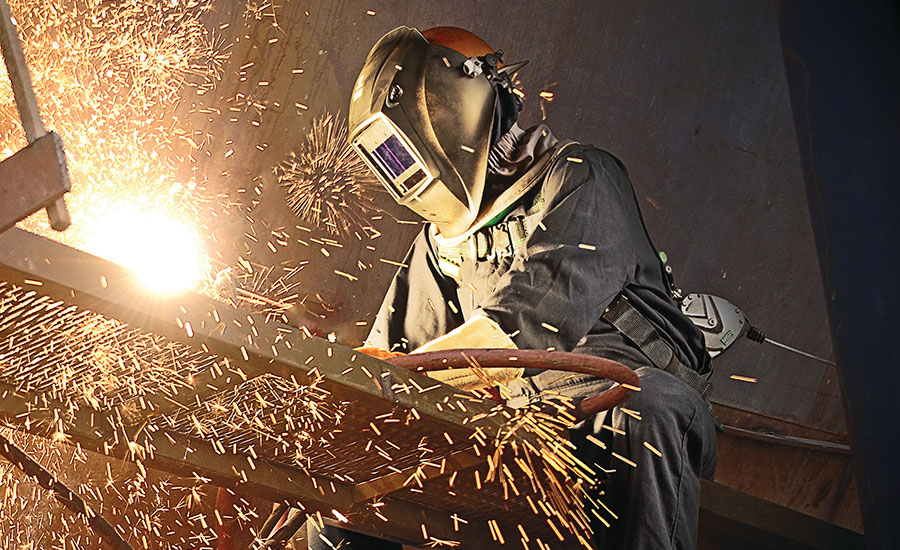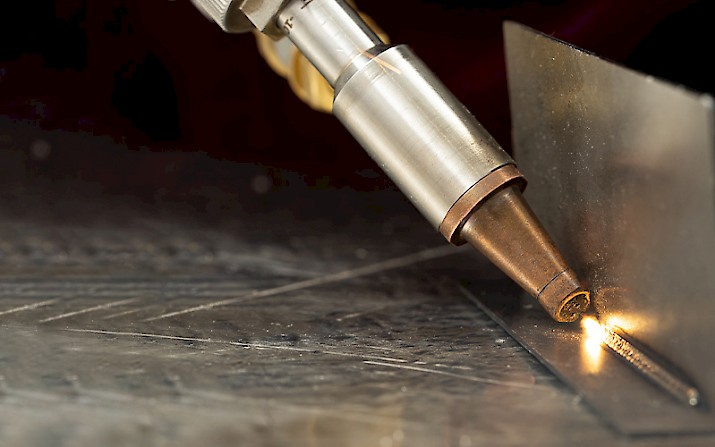Bonding WPS for Beginners: Starting with Welding Procedure Specifications
Bonding WPS for Beginners: Starting with Welding Procedure Specifications
Blog Article
The Ultimate Guide to Welding WPS Procedures: An Extensive Summary for Welders
In the complex globe of welding, Welding Treatment Specs (WPS) work as the foundation of making certain quality, uniformity, and safety and security in welding operations. Recognizing the nuances of developing, executing, and checking WPS treatments is important for welders seeking to boost their craft and fulfill sector standards. As we explore the different components of a WPS and check out the ins and outs of credentials and qualification, we will certainly uncover the essential duty these treatments play in the realm of welding. Let's embark on a trip to untangle the intricacies and value of WPS treatments in welding techniques.
Relevance of WPS Procedures
Understanding the value of Welding Procedure Specs (WPS) procedures is essential for guaranteeing the quality and honesty of bonded structures. WPS procedures work as a roadmap for welders, detailing the required actions, parameters, and products called for to accomplish a sound weld. By adhering to WPS guidelines, welders can make certain uniformity in their work, leading to structurally audio and dependable welds.
One of the main factors why WPS treatments are essential is their role in maintaining weld quality and integrity. Complying with the specified welding criteria and strategies outlined in the WPS assists prevent issues such as porosity, breaking, or incomplete blend, which can endanger the toughness and resilience of the weld.

Components of a WPS
A Welding Treatment Requirements (WPS) generally consists of vital parts that information the details requirements for performing a weld, guaranteeing uniformity and high quality in the welding procedure. The essential parts of a WPS include essential variables such as base metals, filler metals, preheat and interpass temperatures, welding procedures, shielding gases, welding positions, and post-weld warmth treatment demands.
Base metals refer to the materials being joined, while filler steels are used to fill up the gap in between the base metals throughout welding. Preheat and interpass temperature levels are vital for controlling the heat input and protecting against problems like breaking or distortion. The welding procedure describes the details strategy to be utilized, whether it's gas metal arc welding (GMAW), secured metal arc welding (SMAW), or one more method. Protecting gases protect the weld swimming pool from climatic contamination. Welding placements define the positionings in which welding can be executed. Post-weld warm therapy may be needed to relieve stresses and enhance the weld's properties. A complete understanding of these elements is essential for developing a effective and detailed WPS.

Credentials and Certification
Having actually developed the important elements of a Welding Procedure Requirements (WPS), the focus now moves in the direction of the crucial aspects of credentials and qualification in welding practices.

Certification, on the other hand, is the formal acknowledgment of a welder's certifications by a pertinent accreditation body or company. Welding accreditations are commonly based on the certain welding procedures, products, and settings a welder is certified to work with. Holding a valid welding qualification demonstrates that a welder satisfies sector standards and is basics qualified to carry out welding jobs to the required specs.
Developing a WPS
To develop a Welding Treatment Specification (WPS) that meets market requirements, mindful factor to consider of welding processes, materials, and operational specifications is essential (welding WPS). The very first step in producing a WPS is to recognize the welding procedure to be used, such as gas metal arc welding (GMAW) or protected metal arc welding (SMAW) As soon as the welding process is figured out, the following critical aspect is choosing the proper products, thinking about elements like base metal type, thickness, and joint design. Functional parameters such as welding current, voltage, travel speed, and protecting gas structure must also be meticulously defined in the WPS.

Carrying Out and Checking WPS
Upon completing the thorough Welding Treatment Requirements (WPS) that meticulously details welding processes, products, functional criteria, and quality guarantee measures, the focus moves to efficiently carrying out and keeping an eye on the recognized treatments. Execution includes making sure that all welders associated with the project recognize with the WPS and follow it meticulously during the welding procedure. This calls for providing adequate training and guidance to assure adherence to the defined treatments. Checking the WPS involves constant oversight to confirm that welding activities line up with the documented specs. Evaluations, testing, and quality control steps are vital elements of the monitoring procedure to determine any kind of issues or inconsistencies quickly. Normal audits and evaluations of the welding procedures help in keeping consistency and quality throughout the project. Reliable execution and monitoring of the WPS are important for making sure the integrity, toughness, and safety and security of the bonded joints, inevitably adding to the overall success of the welding task.
Final Thought
To conclude, understanding and following Welding Treatment Specs (WPS) is critical for welders to guarantee top quality, uniformity, and security in their job. By knowing the elements of a WPS, getting proper certifications and certifications, producing in-depth treatments, and applying and checking them efficiently, welders can improve their abilities and effectiveness in welding practices. Following WPS treatments is vital for generating high-quality welds and conference market criteria.
In the complex globe of welding, Welding Procedure Requirements (WPS) offer as the foundation of making certain quality, uniformity, and security in welding operations. The welding process describes the particular technique to be utilized, whether it's gas steel arc welding (GMAW), protected steel arc welding (SMAW), or one more approach.To develop a Welding Procedure Specification (WPS) that meets industry standards, cautious consideration of welding processes, materials, and operational parameters is necessary. The initial action in producing a WPS is to recommended you read determine the welding process to be utilized, such as gas metal arc welding (GMAW) or protected metal arc welding (SMAW)Upon completing the thorough Welding Procedure Specification (WPS) that meticulously details welding procedures, products, operational criteria, and top quality assurance steps, the focus moves to efficiently implementing and monitoring the established treatments.
Report this page